The scope of photography has completely changed. People are adopting this as their profession. In today's world, alongside the scope of photography, its usage has also increased. Photographs are memories. They are captured by maintaining the beauty of the moment.
Some pictures are aesthetic and undoubtedly brilliant. Among those pictures, one type is the blur DSLR background picture. In the coming sections of the article, we will be talking about the DSLR photo editing background. Also, we will tell you how to blur the background in DSLR.
In this article
Part 1 What is DSLR? How Does DSLR Work?
DSLR is a type of digital camera. It stands for 'Digital Single-Lens Reflex' camera. DSLR allows its users to attach any lens of their choice to the body of the camera. Digital cameras can autofocus and store thousands of images on their internal memory card. The battery life of a DSLR camera is long-lasting because the optical viewfinder acquires less battery than other cameras.
The working of DSLR starts when the light from the front touches the lens. Then, the light travels through a lens, forming a shape desired by the photographer. At this point, the light will make its way to the camera through the lens mount. Here, the light will hit the main mirror.
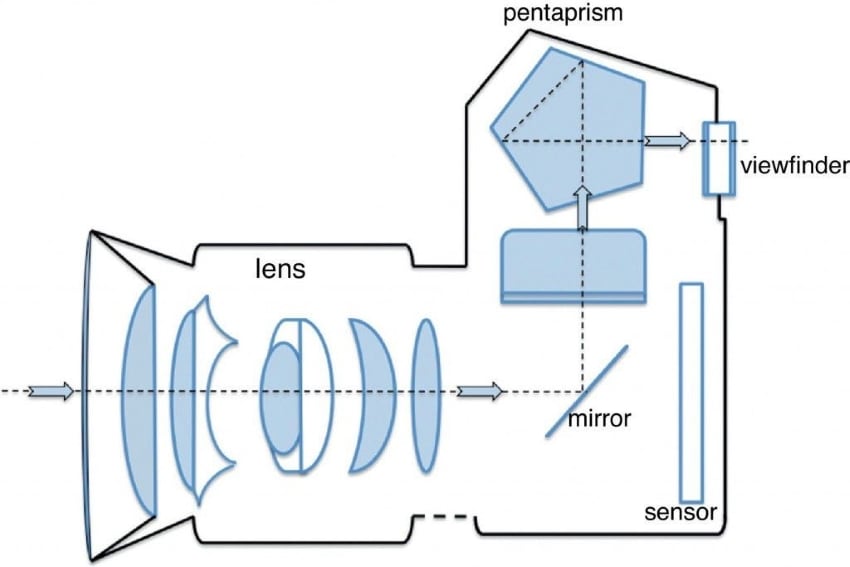
The main mirror then reflects the light to the viewfinder in the upward direction. Now it will be directed to the viewer by a pentaprism or pentamirror. This is how we can see exactly the same thing as the lens sees.
In DSLR, some of the incoming light passes through the main mirror and then touches the secondary mirror. It is then diverted to the autofocusing sensor in the downward direction.
Part 2 Why Do We Need a Blurred Background?
Photography styles have entirely changed. Photographers now prefer blue hour, golden hour photography, silhouette photography, and many others. Since the evolution in styles and preferences, images with blur DSLR backgrounds are considered a piece of art. The more the image is aesthetic, the classier it looks.
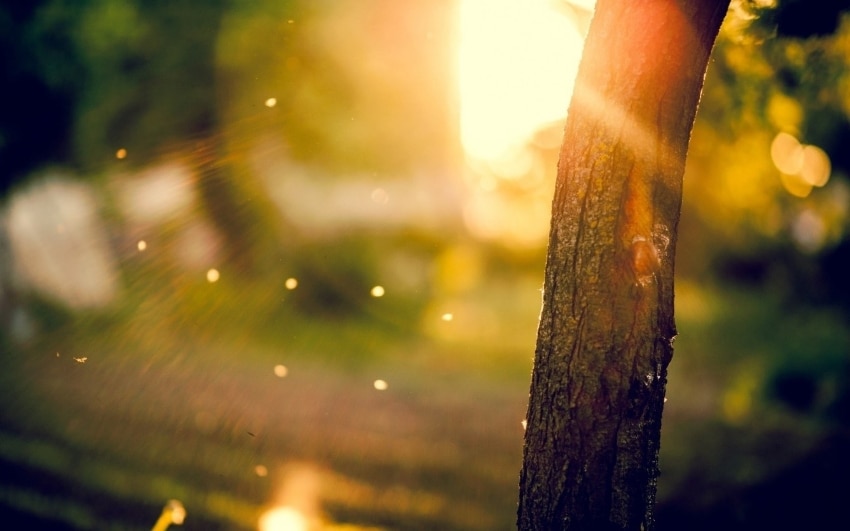
Let us discuss the factors that why blurred background images are important and why are they needed:
- As mentioned earlier, images with blur backgrounds are a piece of art because such images capture viewers' attention effortlessly.
- The blurry background is essential when you want the subject of the image to shine. This is because a soft, neutral, or blurry background will not distract the viewer. This is how the viewer will solely focus on the main subject because it will emerge as the shining star of the image.
- Blur photo DSLR background portray the skills and abilities of the photographer. They look way more professional than any other image.
- If you want to focus on only one detail, or you want a macro photo, low light photo, or maybe you want a portrait photo, and the blurry background will do the job. It will help you in getting all these kinds of pictures.
Part 3 How to Blur Background in DSLR Camera?
As blur photo DSLR background seems more professional and aesthetic, people want photographers to take such blurry pictures. It's possible that few photographers might not have figured out the way to get such DSLR background pictures. This section will focus on teaching you how to use a DSLR camera background for blurry images.
Wider Aperture for Shallow Depth of Field
The range of distance that is sharply focused is known as the depth of field whereas, the opening of the camera lens that lets the light enter is the aperture. Most camera settings allow you to adjust the aperture size by adjusting the 'f' number from camera settings.
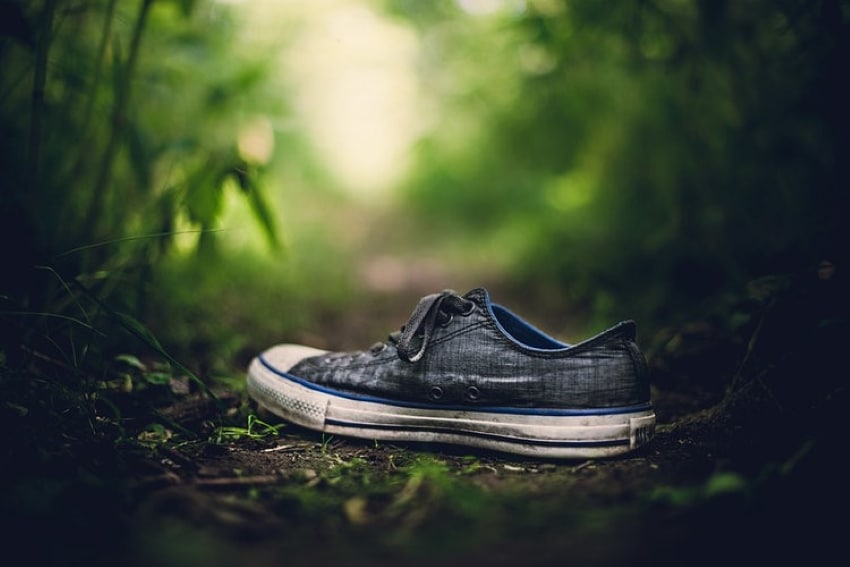
The lens aperture is at its maximum when the 'f' is at the lowest available number from camera settings. This will automatically give the shallowest depth of field. Increasing the 'f' number contracts the aperture that results in an increased depth of field.
Longer Focal Length Blurs the Background
If a longer focal length is being used, then that aids to blur the background. If you zoom in, the angle of the view gets smaller, but the depth of field does not change. This means a smaller area of the background will be captured. The rays of light that enter the camera are more parallel because of the smaller view angle. This is how the background appears blur yet larger.
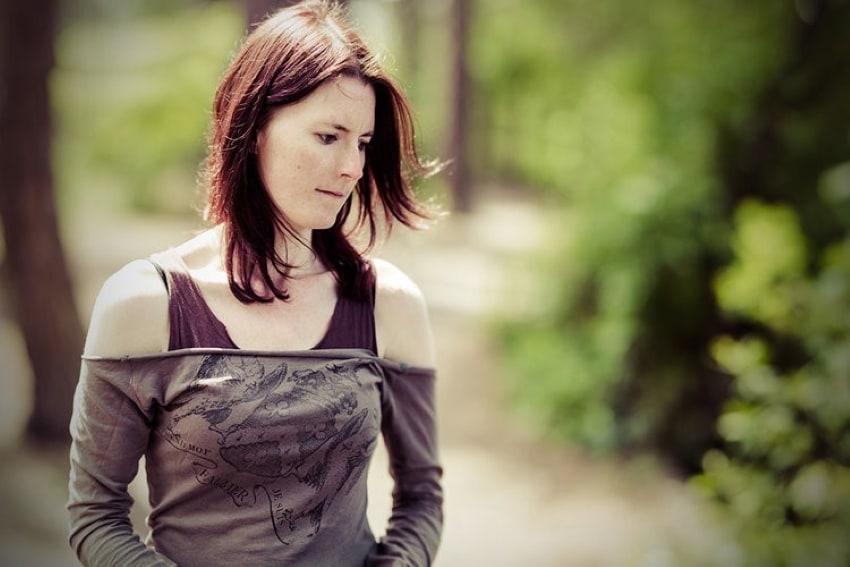
Taking the shots with a longer focal length and wide aperture helps you in getting images with a wider field of view and softer background.
Reduce the Distance Between the Lens and the Subject
If you get closer to the subject and reduce the distance between the subject and the lens, this helps get a blurry background. This is also known as the 'Macro Effect,' where you only focus on one subject.
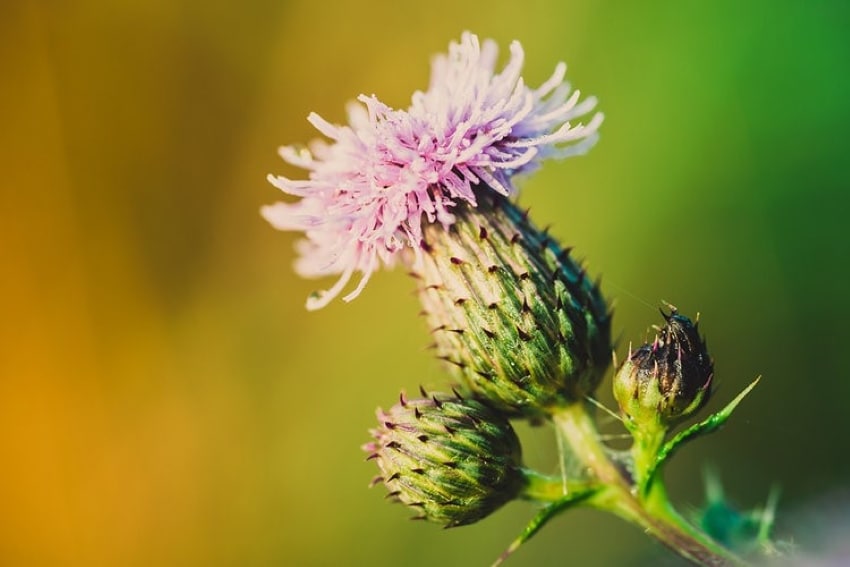
You can get the perfect blurry background image by getting closer to the subject and combining that with a wide aperture and longer focal length. You can take effect to an extreme level as this effect focuses on minute details and thin areas.
Combine Everything for Maximum Blur
You can capture the most incredible pictures with a blurred background if you combine all the three tips that have been discussed above. If you want to focus on the minor details and get the perfect bokeh, then try to get very close to the subject and use a wider aperture with a longer lens.
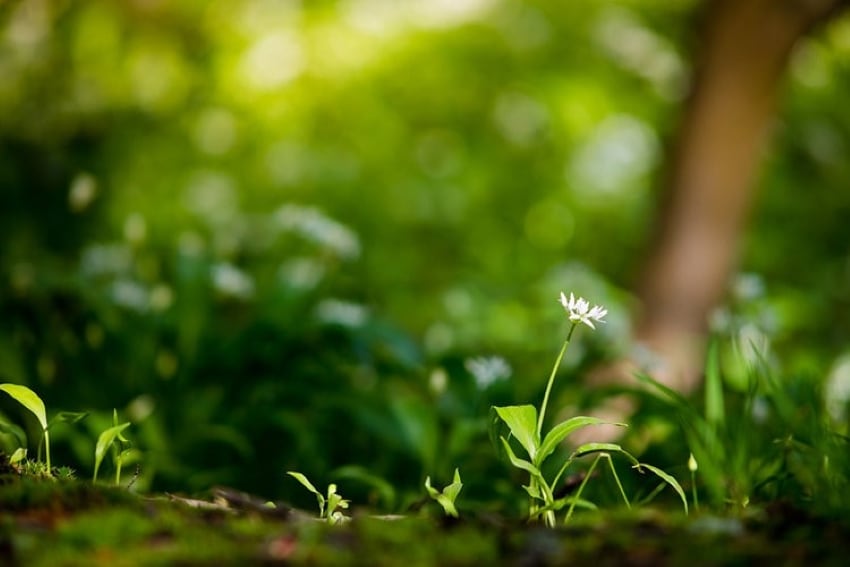
By doing this, the background gets absolutely blur. The lens only focuses on the subject, and all the extra area is smoked in the background.
Final Words:
The increased scope and use of photography have changed the media and filming industry. There is a lot more competition between the photographers as compared to old times. Every day new tricks and techniques are being introduced, making it essential for every photographer to stay updated to stay on top.
The article is very informational as it has shared the working of DSLR and also how to get a blurry background DSLR photo.
